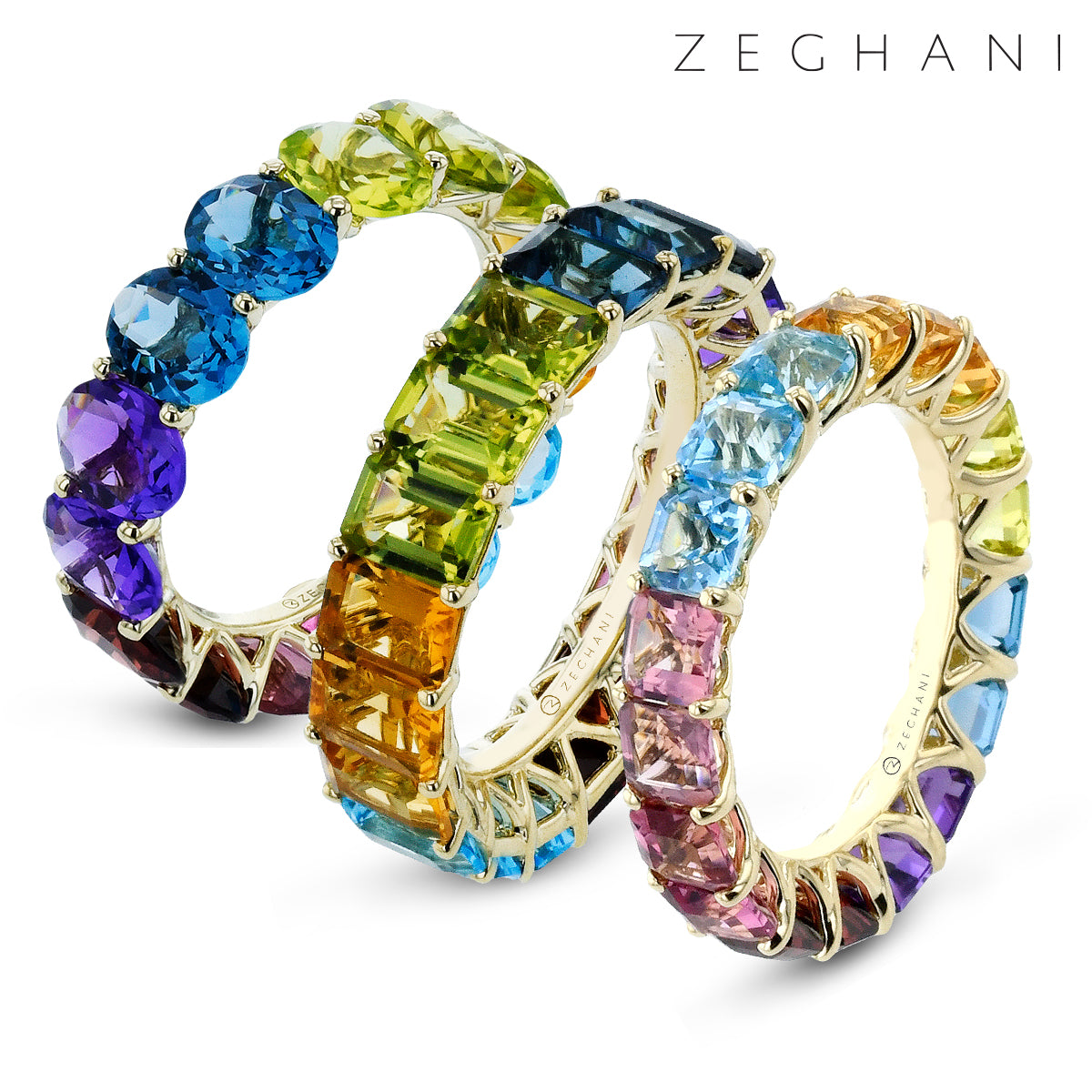
The History Behind the Evil Eye Pendant

The origins of the evil eye and the Nazar pendant can be traced back thousands of years. This piece of jewelry is so rich in history that it is found in, worn, and appreciated by multiple different religions and cultures. Each one offers its rendition of this beautiful piece of historical jewelry. The great part about an evil eye pendant is that you can own a piece of history by wearing one. It isn't just something to be found in a museum, but something you can purchase, cherish, and pair with almost any outfit. First, let’s talk about what different religions believe the talisman is warding off, then we’ll get into the origins of the evil eye necklace.
Judaism
In Judaism, the evil eye is mentioned multiple times within the sacred Pirkei Avot. In the Talmud, it is written that the figure Jacob sent his ten sons to Egypt. To avoid the evil eye, a malevolent spirit that could have been formed by onlookers, Jacob’s ten sons took the side streets. In Judaism, the evil eye has an opposite, the good eye. Someone with a good eye is said to be full of joy and love and inevitably spreads that joy and love to others.
Christianity
In Christianity, the reference to this pendant takes the form of a lamp. It is said that a person's eye is either good or bad. Their lamp is either full of light or void of any. It is further talked about in the Gospel of Mark. To avoid the evil eye, one might wear a cross or the talisman Nazar pendant that wards off evil spirits.
Islam
In Islam, it is believed that people have the power to harm with a simple look. A look full of jealousy and malice is considered the evil eye in Islam. Islam is where we find the popularization of the Nazar pendant, which we will get to later. It is important to note that in Islam, it is believed that the evil eye is most commonly given in the guise of a compliment. This complement is usually filled with hidden envy or jealousy.
What Is the Origin Of The Necklace, What Is The Nazar?
Spiritual necklaces are a tradition as old as the first religions. For example, ruby eye pendants have been found and dated as far back as Mesopotamian civilization. This means that when wearing an evil eye necklace, you’re wearing a piece of history that is 6,000 years in the making. Although the colors have changed, and everyone has their rendition of the Nazar pendant, the theme remains the same. It is a talisman that wards off hostility and jealousy.
The reason people started to wear the spiritual pendant, or the Nazar, is found within the common saying “an eye for an eye.” The Nazar pendant is believed to offer a rebuttal to the evil eye. When one evil eye presents itself, the second, the Nazar or the spiritual necklace, protects the wearer. Today the Nazar has become a cultural staple for many people. Christians wear it, Muslims wear it, and non-religious people do too.
For The Sake of Fashion
For the non-religious, the Nazar is a great fashion statement. Its meaning is almost unspoken within our society. When you’re seen wearing a spiritual pendant or necklace, you are immediately recognized as someone with a penchant for all things mystical. Since the Nazar is a statement piece, it can be worn with anything you choose. The Nazar compliments any and all outfits.
Conclusion
This beautiful necklace has many names; the evil eye necklace, the evil eye talisman, the spiritual necklace, and the Nazar. However, the one thing connecting them all is that it offers protection. When you’re feeling down, when you’re feeling anxious, and alone, a Nazar or spiritual pendant makes good company. The Nazar is also instantly recognizable. Even though it has come in many colors throughout history including red, nowadays the primary color is a melancholy deep blue. If you’re new to spiritual jewelry, or jewelry in general, the Nazar is a great introduction.
We at Zeghani have two renditions of this spiritual necklace. We have the luscious and bold black with a diamond-encrusted pupil and the more traditional blue with a diamond-encrusted base. Whether you go the traditional route or the nontraditional route, you will certainly be turning heads (jealous ones and not-so-jealous ones).


